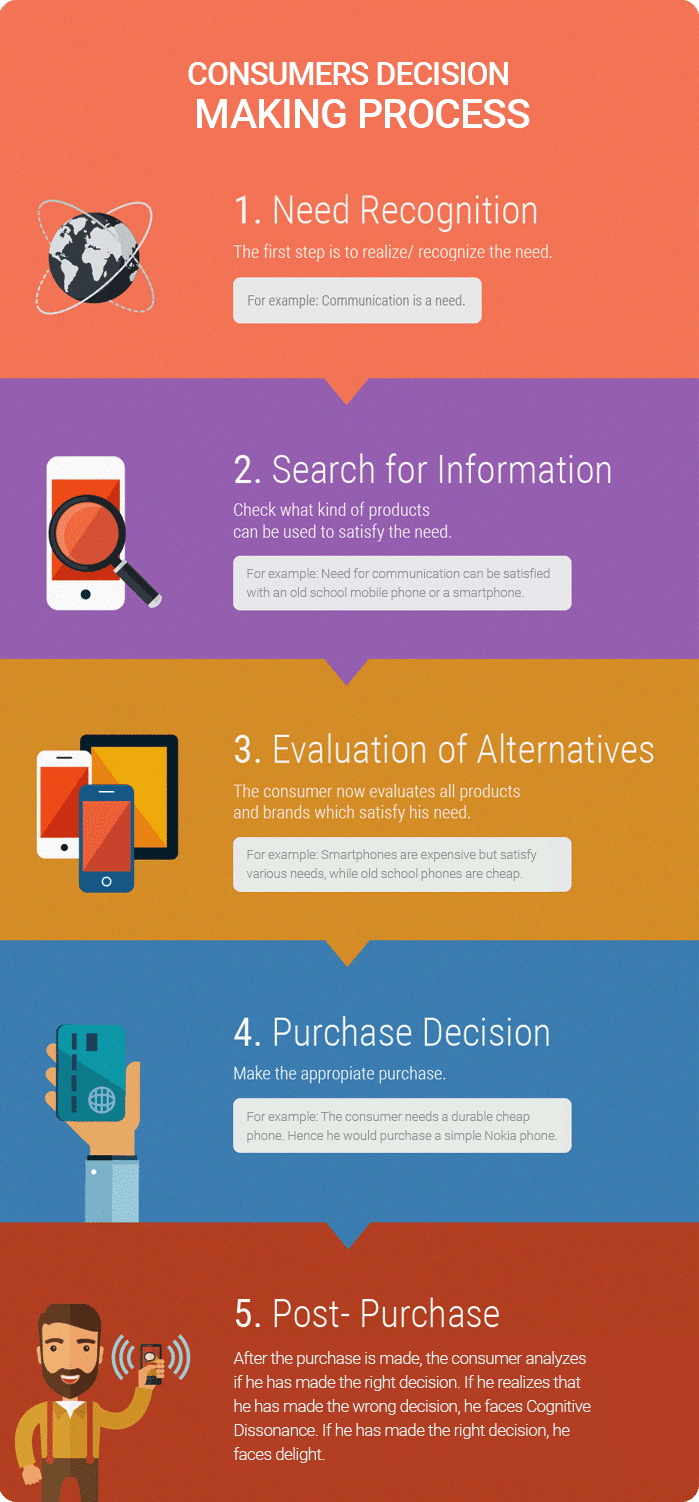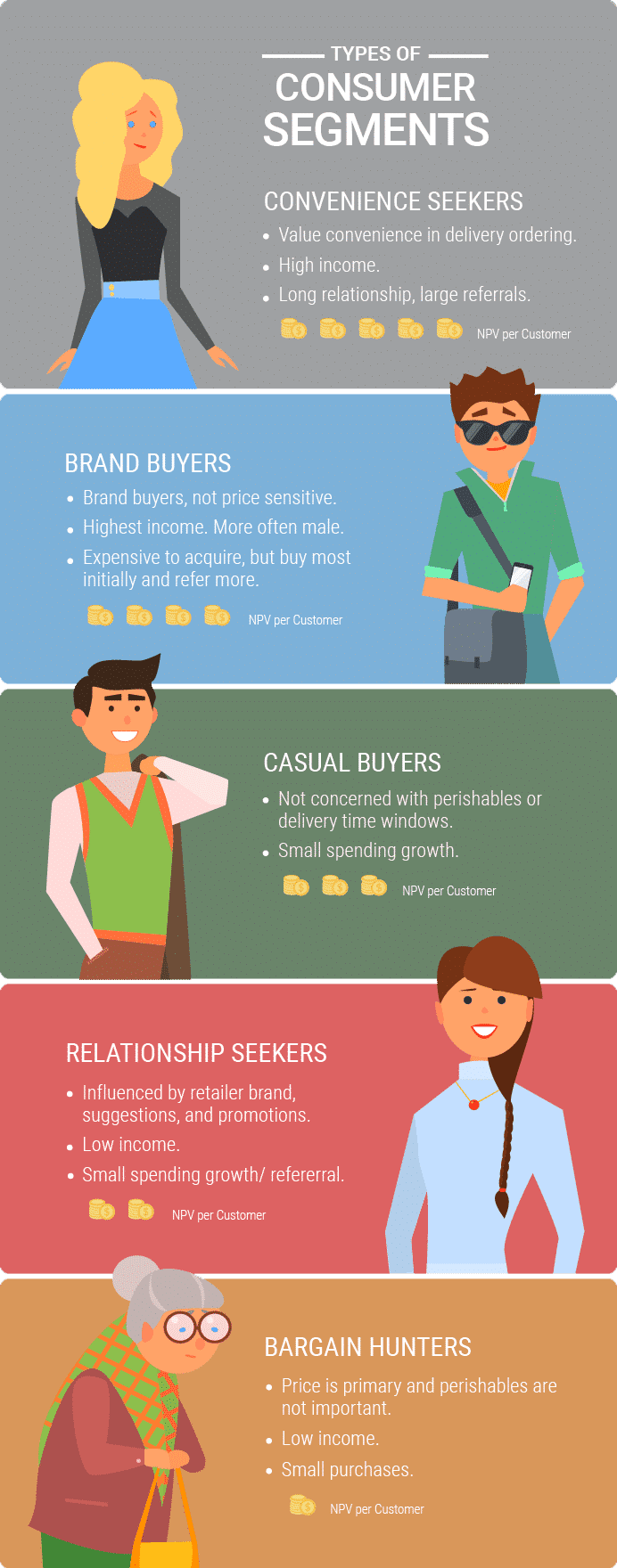Businesses which sell more than a single product or service usually have a number of customer profiles. More often than not, however, companies are throwing all of their customers into a single category, sending them the same content. That’s a lazy tactic that brings with it the danger of damaging your customer engagement, as there’s nothing worse for the business than unfocused marketing messages.
For example, consumers on Facebook are different than those on Instagram. Similarly, consumers who use Google are different than those who pick up a phone directory or make all their purchases in-store.
Dividing a customer base into smaller segments allows for a better-personalized marketing experience. It keeps customers happy and ensures the steady growth of your business.
Different types of customer and market segmentation tactics
Customer segmentation is the process of dividing customers with similar characteristics into groups. They are often grouped by their needs or buying habits.
 Source: Guided Selling
Source: Guided Selling
Market segmentation is a little more complex and can take the form of any of the following:
Priori segmentation
Is the simplest type of marketing segmentation. Priori segmentation makes assumptions about consumers and divides them into various groups. For example, one assumption could be that customers over 55 are less likely to use social media or search engines to research products; every customer who is over 55 is placed in this group and sent content through mediums they use most.
Priori segmentation is the simplest form of segmentation and also the one least accurate, as decisions are made on assumptions rather than data.
Needs-based segmentation
Involves grouping customers based on the drives they have to purchase a product or service. Needs-based segmentation must be discovered and validated through primary and secondary market research.
Value-based segmentation
Groups customers based on their economic value to the business. For example, customers who spend more than $1 million are put into one group, and customers who spend less than $1 million are put into another.
Attitudinal segmentation
Groups customers based on their thoughts towards a product or industry. Attitudinal segmentation allows businesses to understand perceptions customers have around a product, including any psychological barriers stopping them from a purchase, such as risk aversion.
For example, companies that develop groundbreaking technology would need to use two different messages when selling their product to businesses which are risk averse, as opposed to businesses who tend to embrace and adopt new technology quickly.
Priori segmentation is the easiest to carry out but it is also the least effective in bringing good results. Attitudinal segmentation requires masses of data which costs time and money to collect but allows businesses to create tailored campaigns for each group, increasing the probability of a sale.
There is no one-size-fits-all
The days of direct mail and telesales are gone for good.
Treating every customer the same, using the same telemarketing script or marketing flyer is nowadays futile. The Internet has turned the marketing world into a dynamic ecosystem that is continually changing, and businesses must adapt.
Each customer is at a different stage of the buying process and will require different information and content to take him or her to the next step:
 Source: Amasty
Source: Amasty
Understanding customer groups, their needs, problems, and habits is critical when dividing a customer base, and then sending tailored content at the right time.
Collecting data
However, none of the above can be achieved without collecting primary and secondary data. Vast databases should be built from:
- Transactional data
- Behavior data
- Website analytics
- Customer service records
- Referral sources
- Social media data
- Spending habits
- Surveys
- Secondary research
- Demographic statistics
- Real-time consumer behavior
- Competitor research
Summary
In an ever-competitive marketplace where consumers have plenty of buying choices, profiling the customer base to meet consumers’ needs is pivotal. Without segmenting customers by needs, desires, and attitudes, it becomes increasingly difficult to provide them with the right message that will ensure their conversion.

